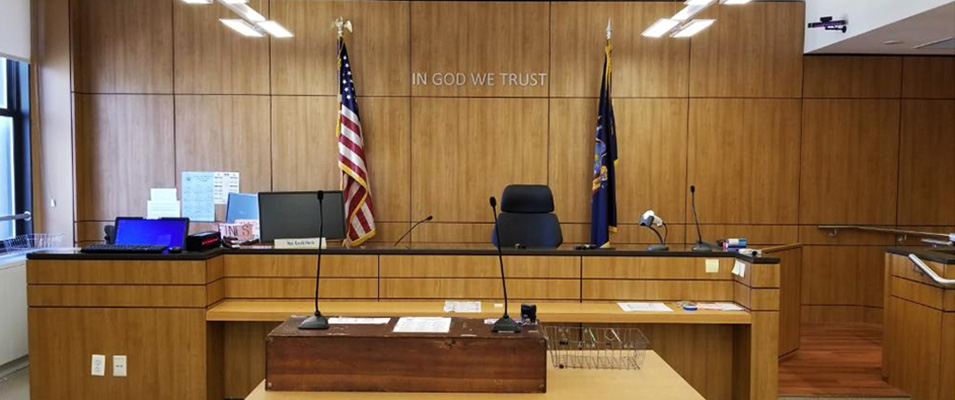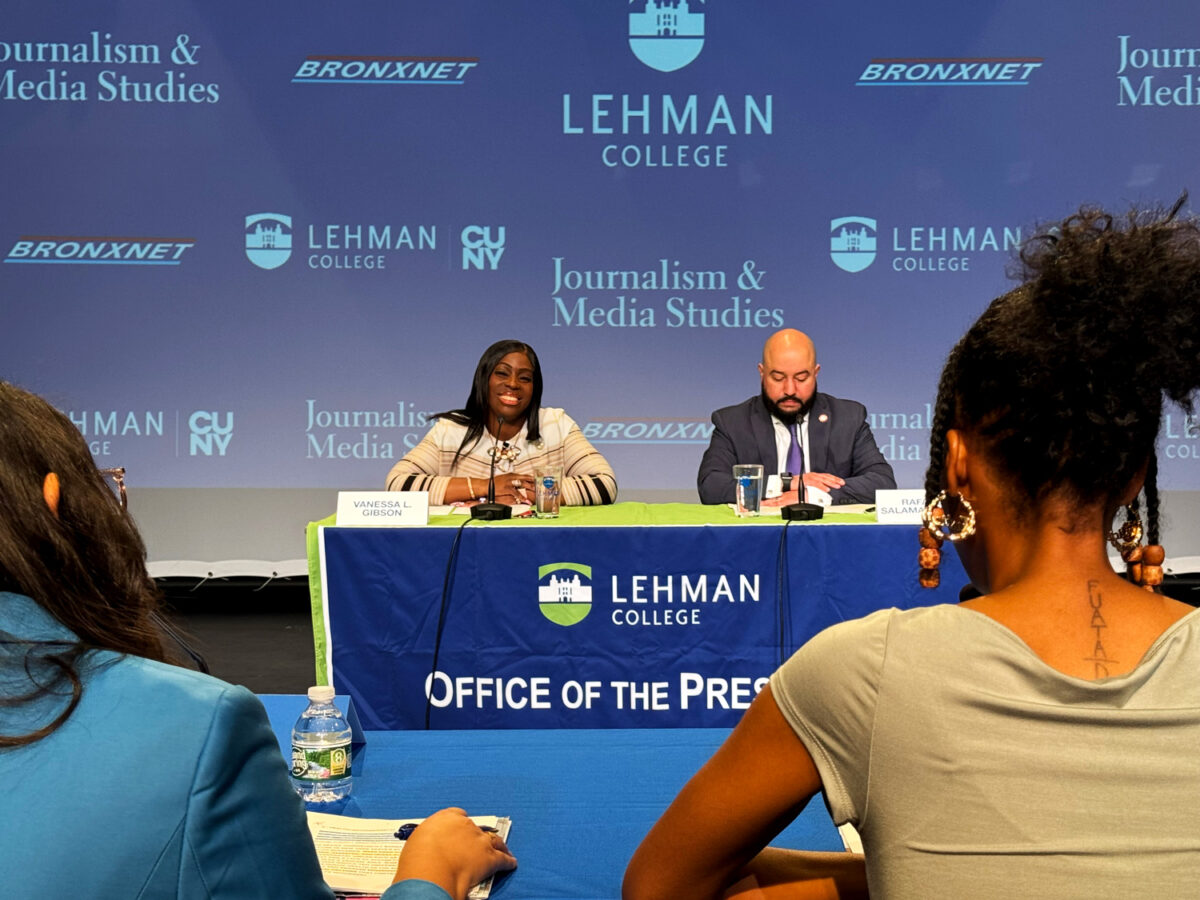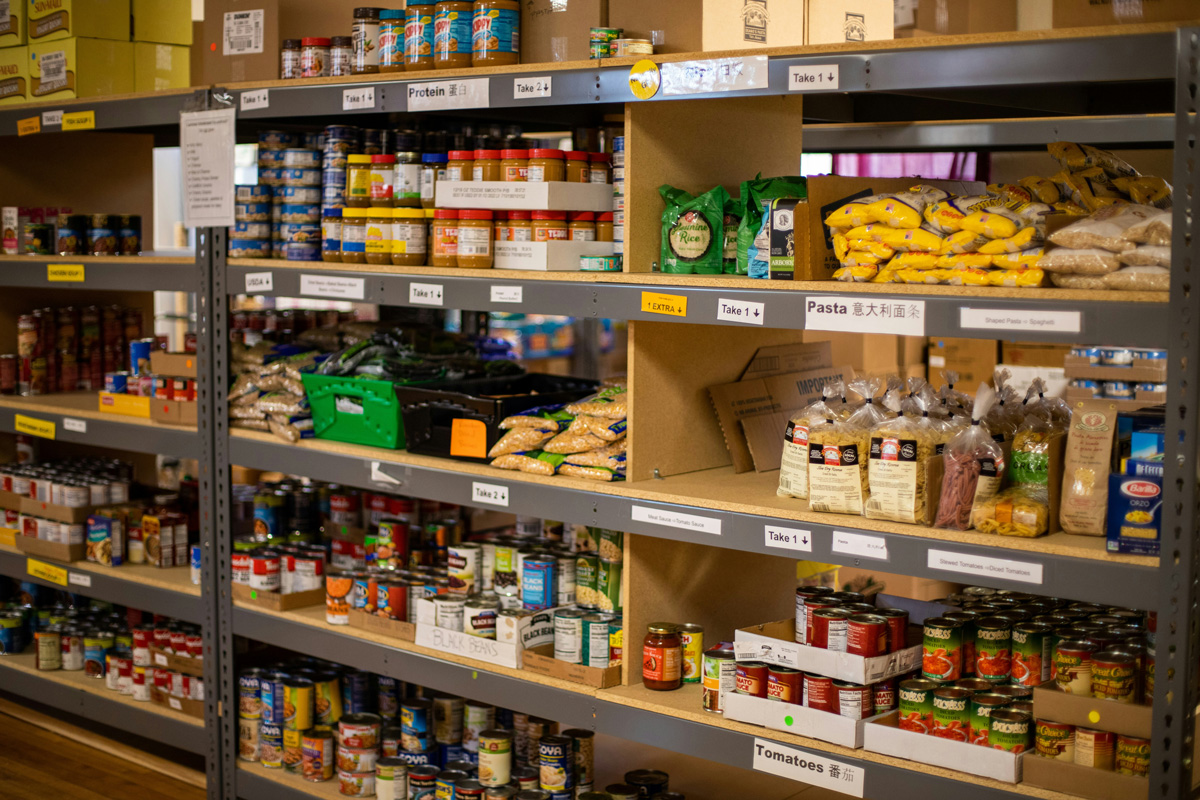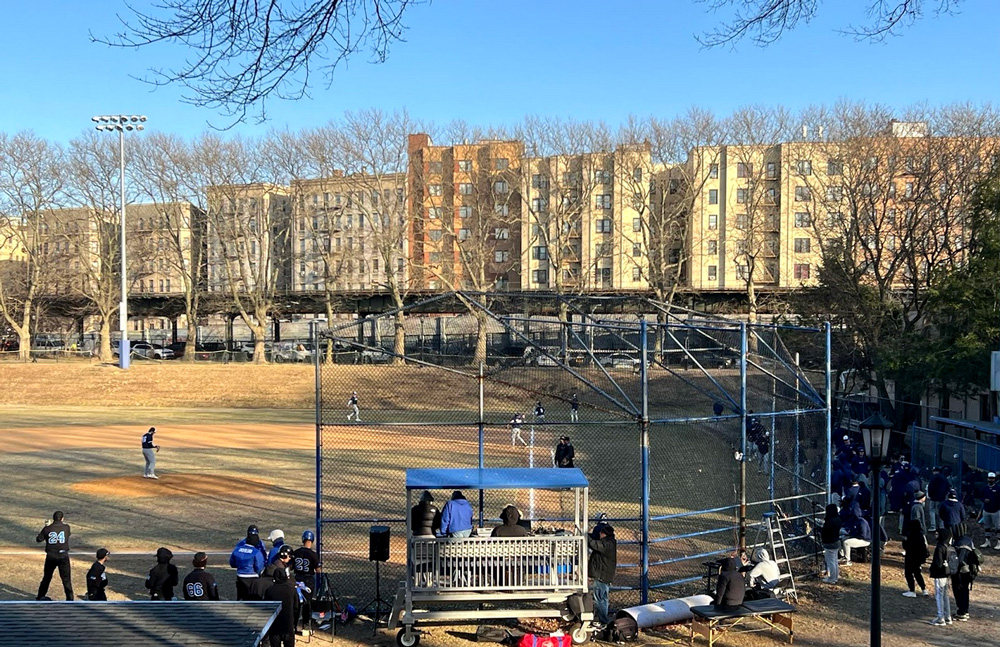By Elizabeth Duluc
There were 508 domestic violence homicides involving 544 victims in New York City from 2010 to 2017, according to the New York City Domestic Violence Fatality report of 2018. That means of the total 3,117 homicides during this time period, about 17.5 percent were domestic violence cases. It is not just partner-on-partner violence, almost 20 percent of domestic violence homicides involve a child victim 10 years of age or younger, according to the report. The Bronx is the borough with the highest rate of domestic violence homicides.
In New York City, 32.3 percent of women and 33.5 percent of men experience intimate partner physical violence, sexual violence or intimate partner stalking during their life, according to the New York City Domestic Violence Fatality report.

New York City has implemented programs for victims seeking help. However, many victims of domestic violence are unaware of the services available to them. K.M, who asked to remain anonymous for safety reasons, was a victim of domestic violence. She says she learned about her options from watching television and using google. K.M said she didn’t know the signs that her partner was an abuser or where she could go for help, until she became pregnant and wanted a lifestyle change for her daughter.
She tried to leave her situation but did not feel like she had the support from the New York Police Department. K.M. recalled a time where she called for help and said, “I need you to come to my house, it’s an emergency,” only to have 911 hang up the phone when she couldn’t discuss in further detail what was happening inside her home. Unaware of the services she had on her campus at Bronx Community College, K.M. went to the school counselor where she learned they had direct resources for her situation as well as support from the school therapist. “CUNY officers are more educated I feel like compared to the NYPD,” says K.M. “I feel like the police department doesn’t really understand.”
Valerie Pels is a judge in the City of New York Family Court. Pels says many people don’t understand how complicated the domestic dynamics are and why the victims return to the perpetrator. If someone is married to the alleged perpetrator, there could be matrimonial issues, child support issues, housing issues if their name is not on the lease, says Pels. The Family Justice Center where is this? has specially trained officers , legal services, and many more resources for victims in one place.
Pels, who previously worked as a court attorney in the Integrated Domestic Violence Court, said it’s important to educate youth on these issues. “Education about this is really important and we see domestic violence presenting itself with very young people,” says Pels. The Center for Disease Control reported that among the 69 percent of students in the U.S. who dated someone in the 12 months before the survey, 8 percent had been physically hurt on purpose one or more times by someone they were dating.
Planned Parenthood visits classrooms across all boroughs, educating students on healthy relationships and what a domestic violence relationship looks like . The organization also provides support, programs and more information to students. Students are trained on what signs to look for and how to keep themselves safe.
Through education and awareness, students can learn how to have healthy, happy relationships and understand that there are resources available if they were to find themselves in an unhealthy situation. Implementing these conversations into communities and schools can save lives and decrease the striking number of domestic violence cases in New York City.
For more information please visit:
https://www.safehorizon.org/
https://www.plannedparenthoodaction.org/








No comments